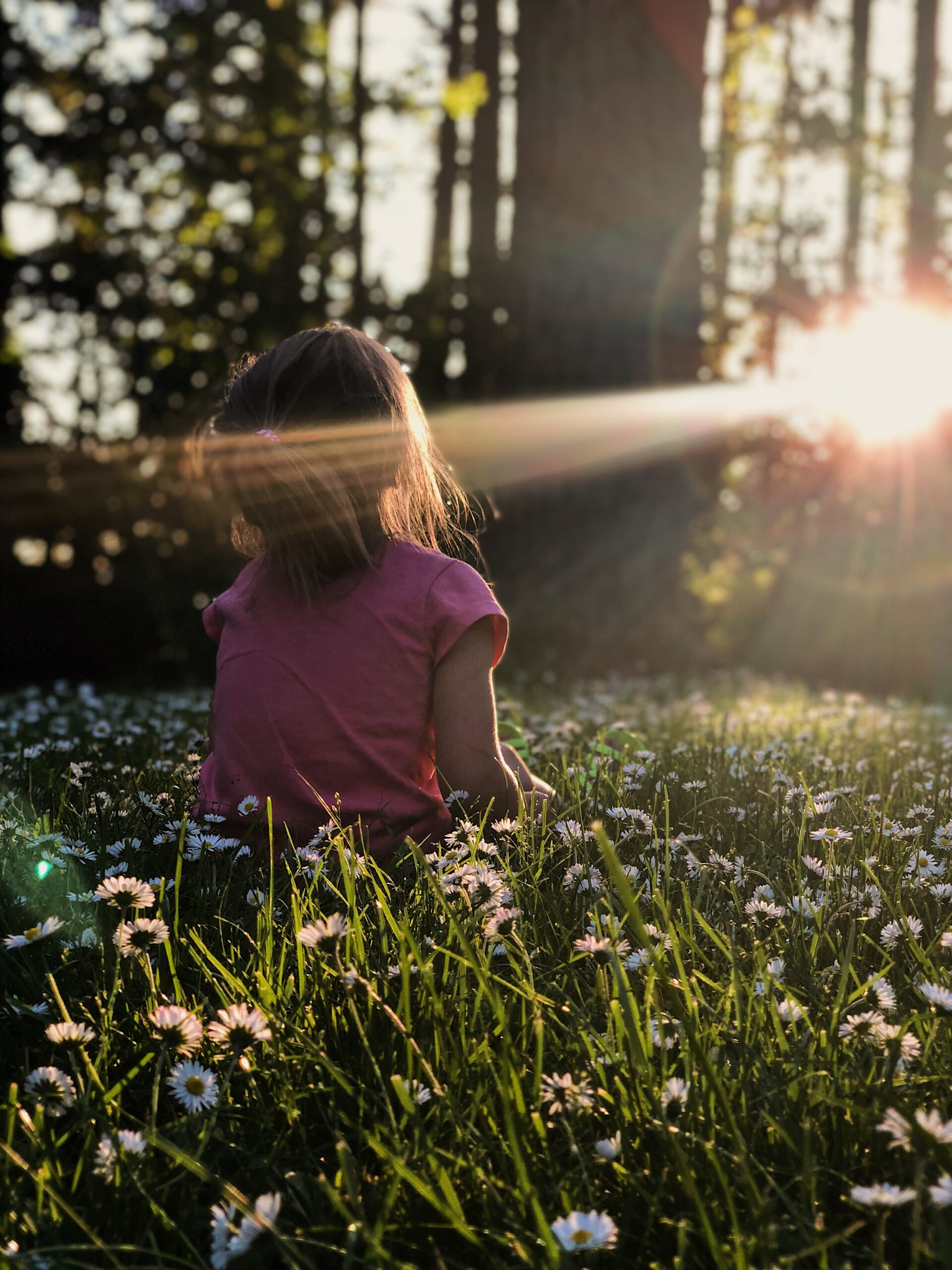
Children are mostly in overdrive mode in our fast-paced environment. Gadgets and gizmos are so prevalent in their everyday life that sometimes it seems that they live in a virtual world rather than a physical one. Against this reality, teaching children mindfulness can help them make good choices and manage their emotions. They will also learn to be kind to themselves and others whilst juggling school and their busy lives.
What is Mindfulness
Children of all ages can benefit from mindfulness. The basic understanding of mindfulness is simply being present in the moment without any judgment. We all have had moments of mindfulness in our lives. Such as when we hear the sound of waves crashing against the shore or the sensation of sand running between our fingers. When we get butterflies in our stomach over excitement or anxiety, that’s mindfulness. Embracing mindfulness develops compassion, focus, curiosity, and empathy. These are some of the building blocks that can help children navigate through their journey in life.
Benefits of Mindfulness for the Young Mind
Children are continuously grappling with challenges and stressful moments. As they develop through adolescence, life becomes more and more complicated. In this context, mindfulness can be beneficial at each developmental stage. It reduces anxiety and promotes happiness, and is especially effective in children as their brain is still developing. Connections in the prefrontal circuits of the brain are created at their fastest rate during childhood. Focus and cognitive control are some of the abilities that are controlled in the prefrontal cortex and practicing mindfulness enhance these skills. Thus, early exposure to mindfulness promotes self-regulation, judgment, and patience among children. In the long run, it can leave a lasting impact that is carried forward to adulthood.
Mindfulness Exercise
One of the easiest practices of mindfulness is to focus on breathing. Breathing is something we do naturally without a second thought. But how many of us pay attention to how we do it? Noticing our breathing pattern and learning to regulate it makes us calmer and grounded. We concentrate on the here and now. Children can easily practice breathing exercises at home or any quiet place. Set the timer for a minute and get them to sit comfortably or lie down (if conducive) with their eyes closed. Breath deeply in and out while paying attention to any sensations they feel. Continue taking deep breaths whilst imagining the air going in and out of the lungs. Gently open the eyes and have them say something kind to themself. Voila, your child has just practiced mindfulness!